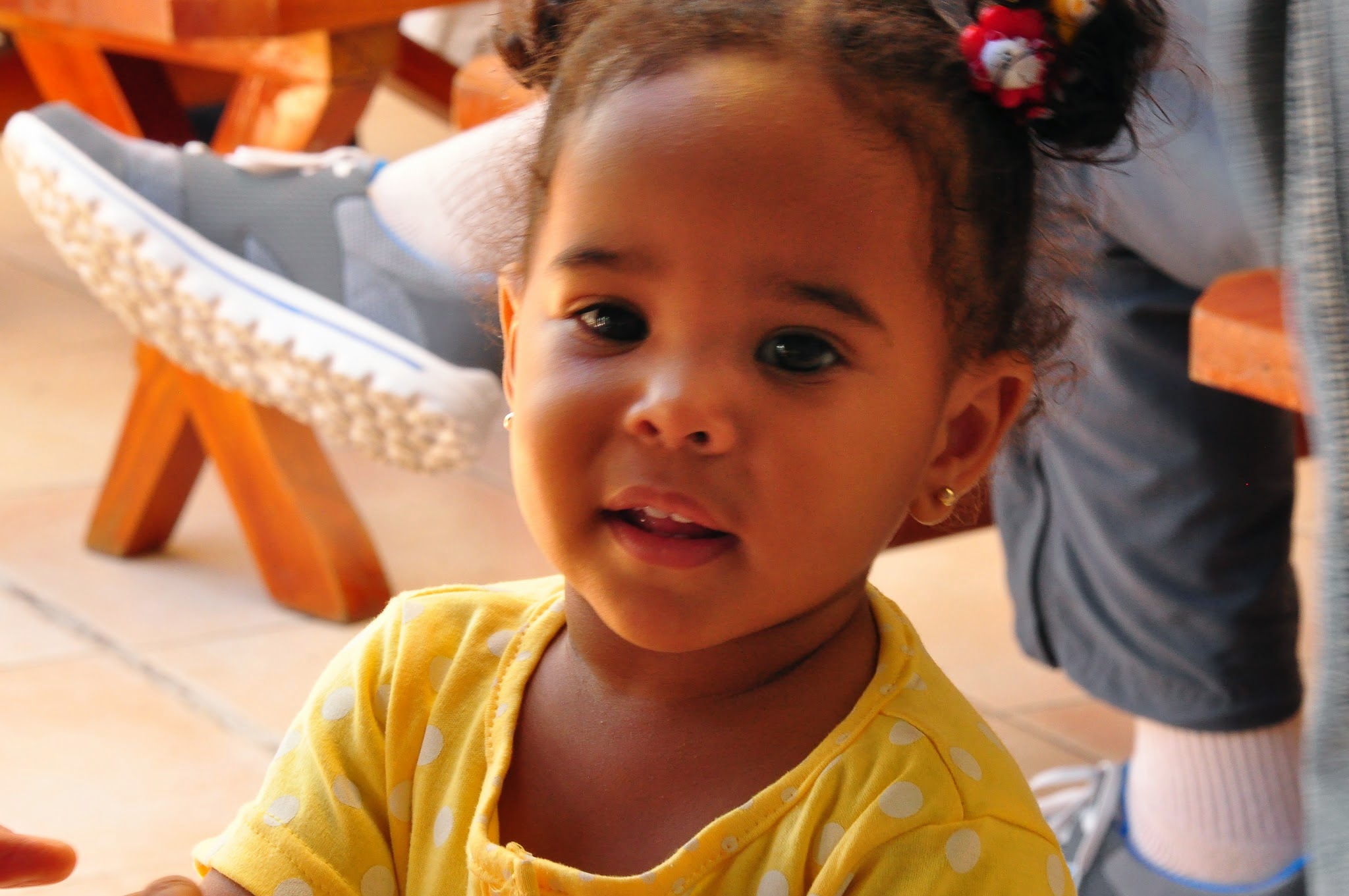Cuba - Guantanamo
On the second day of our exchange visit, we travelled from Santiago de Cuba to the nearby town of Guantanamo. We learned much about the musical and cultural heritage of Eastern Cuba. This posting starts with a picture of our tour manager, our guide and bus driver. It continues with views of musicians, dancers, local people, the town square, and a three generation family.
Our tour manager Lana, our guide Ismar, and our driver Angel were excellent leaders and they had a great deal of fun with the participants and with each other. They established an upbeat mood.
Two scenes drew my attention on our way into Guantanamo. We saw resourceful methods of transporting things throughout Cuba, like this one. The second photo reveals a huge monument on the edge of town. I was constantly impressed by the celebration of important events through monuments, statues, posters, and banners.
I took the next group of photos at a dance performance at the Tumba Francesca Pompadour, a Franco-Haitian dance group. Their culture has been strong in Eastern Cuba for more than 200 years.
You can see their joy at performing for us.
On the street, I saw that this family did the laundry by washing the clothes on the ground floor and passing them up by rope to the rooftop.
Chengui is an original Cuban musical style which originated in the Guantanamo area. Here are photos of four musicians from Casa del Chengui.
These street scenes give a taste of life in Guantanamo.
The main square of Guantanamo, Plaza Marti, has been a centre of commerce. It has an interesting performance stage, a small cathedral, and a statue of a previous mayor.
I like the lines in this photo of buildings across from the square.
This girl was playing in Plaza Marti when she saw my camera and decided she wanted to pose for a photo.
We visited a Guantanamo elementary school where the pupils produced a music and dance program. We were charmed by their enthusiasm, the quality of their performance, the colours of their costumes, and the joy and confidence in their faces.
At the end of our Guantanamo day, we visited the home of the Vincente family. We had a great visit including a long question and answer session about life in Cuba.
































































































